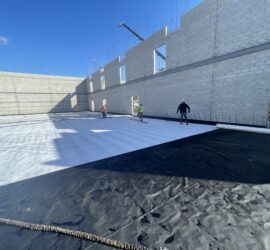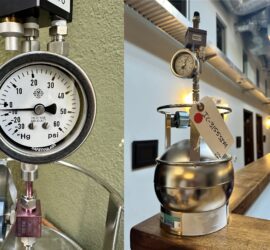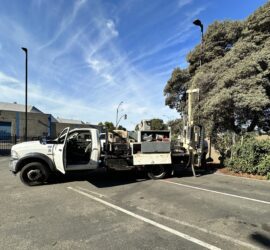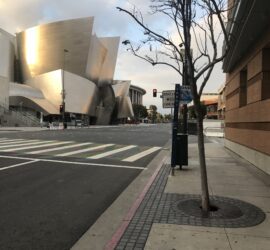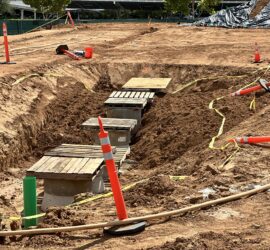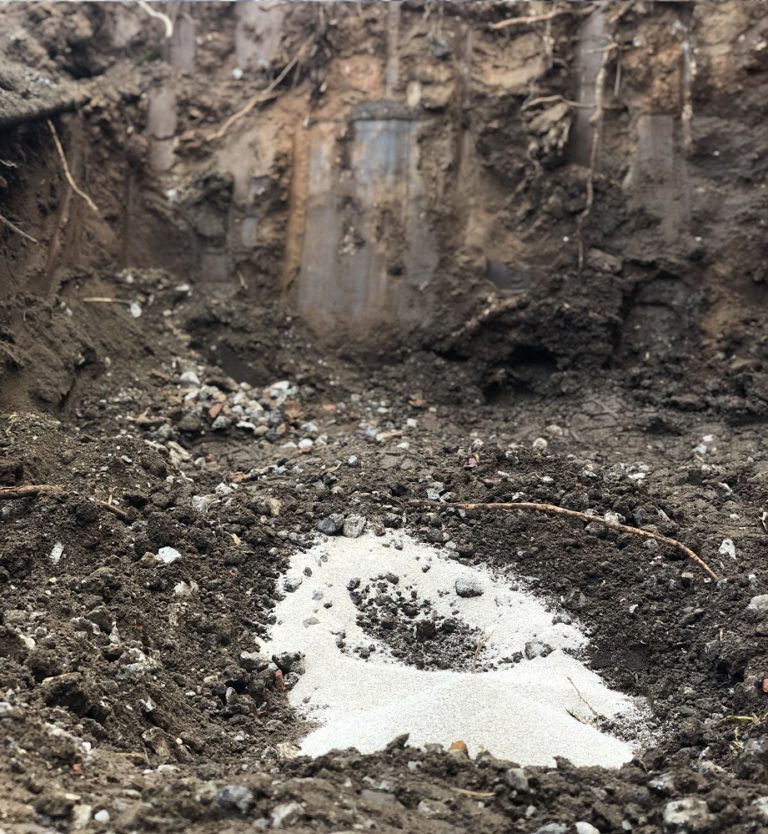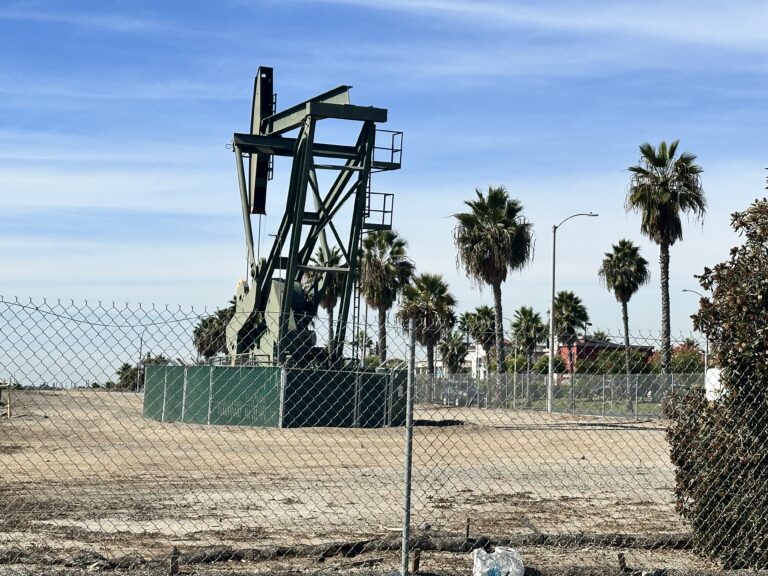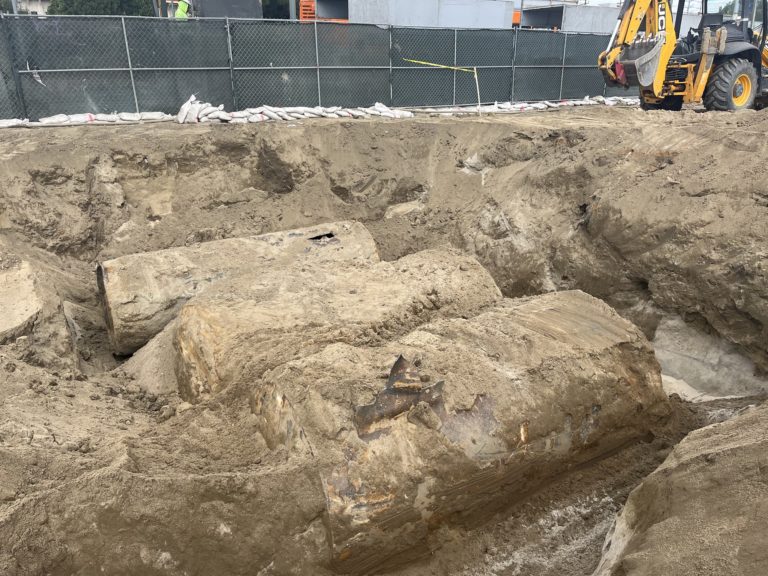Los Angeles Vapor Intrusion Mitigation System Company
To ensure the safety of indoor spaces in modern buildings, a Vapor Intrusion Mitigation System (VIMS) stands as a crucial barrier against the infiltration of harmful soil gases. This is particularly essential for developments situated above existing soil contamination plumes and cases of groundwater pollution. VIMS, tailored to the unique challenges of the Los Angeles area, addresses a spectrum of pollutants, including volatile organic compounds (VOCs), petroleum hydrocarbons (TPH), methane in natural gas, and radon. The design encompasses a passive sub-slab depressurization system redirecting toxic soil gases away from occupied areas, an active ventilation system for dispersion and dilution, and an impervious vapor membrane inhibiting upward gas movement. The overall objective is to ensure optimal indoor air quality, mitigating health risks for building occupants.
In Los Angeles, where the risk of soil vapor intrusion is significant, understanding the phenomenon is crucial. Soil vapor intrusion manifests when toxic gases from beneath the ground migrate upward into buildings, posing potential health hazards in areas with evident soil contamination. Various sources contribute to subsurface toxins, including polluted industrial sites, gasoline stations, landfills, crude oil deposits, and naturally occurring radioactive substances in rock formations.
Risks associated with subsurface contamination become evident in the identification of “Recognized Environmental Conditions (RECs)” during a Phase 1 Environmental Site Assessment. The City of Los Angeles, in line with building safety regulations, mandates soil vapor testing procedures, particularly for methane, in designated zones and buffer areas.
Geologists and environmental professionals play a pivotal role in maintaining indoor air quality by conducting rigorous soil vapor intrusion tests. Comparable to a Phase 2 Subsurface Investigation, this process involves the analysis of soil and air samples. Geologists evaluate results against screening levels, examining the fate and transport of each chemical of concern and conducting a Human Health Risk Assessment (HHRA). Vapor Intrusion Mitigation System Components In the specialized context of Los Angeles, geologists design a mitigation plan for the proposed VIMS based on soil vapor test data. The choice between passive and active systems depends on the extent of subsurface contamination.
A widely employed mitigation technique involves sub-slab depressurization, where a system of perforated piping beneath the building’s foundation equalizes the earth’s pressure with atmospheric pressure, effectively redirecting soil vapor away from the interior to the atmosphere.
The significance of proper subsurface ventilation is underscored in Los Angeles, and strategic design is crucial for maintaining good indoor air quality. Geologists and engineers refer to structural and architectural plans to determine ventilation criteria, aiming to dilute and disperse gases, reducing their concentration within buildings.
Barrier Installation
Furthermore, designers in Los Angeles specify a physical barrier beneath the building foundation, acting as a protective shield. Vapor-resistant membranes are crucial in preventing the upward movement of harmful gases, complementing the role of ventilation piping.
Why a Los Angeles Vapor Intrusion Mitigation System Company Matters
In conclusion, a specialized Los Angeles Vapor Intrusion Mitigation System Company plays a pivotal role in maintaining a healthy living environment in the city. By comprehending contamination risks specific to the region and implementing effective mitigation strategies, these companies contribute significantly to safeguarding homes and workplaces from potential health hazards associated with subsurface gases. For more information on vapor intrusion mitigation tailored to Los Angeles, please refer to Geo Forward’s dedicated methane mitigation page.

